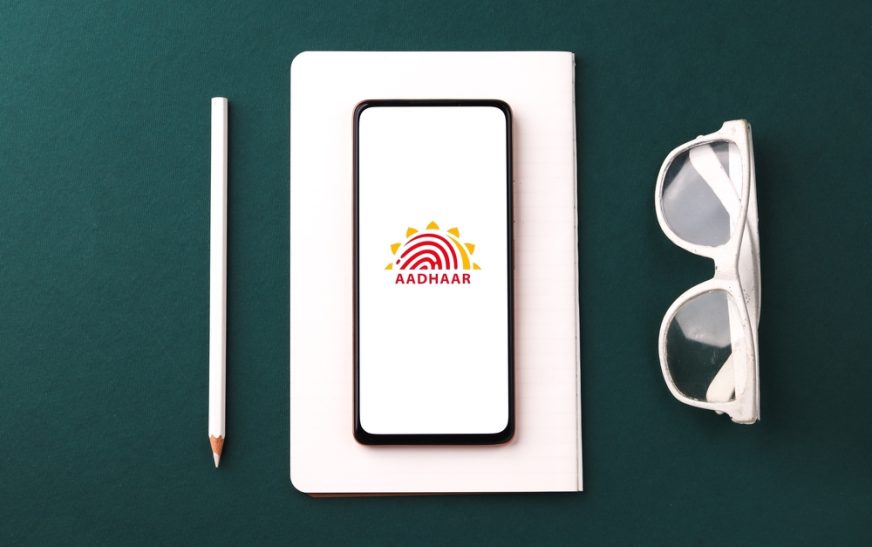The Aadhaar card, a unique identification document issued by the Unique Identification Authority of India (UIDAI), has revolutionized various aspects of Indian life, including access to financial services. While Aadhaar itself doesn’t directly guarantee a loan, it simplifies the application process for certain loan products offered by banks and NBFCs (Non-Banking Financial Companies) in India.
Understanding Aadhaar and Loan Eligibility
- Aadhaar Verification: Aadhaar simplifies verification of your identity and address, streamlining the loan application process. Lenders can electronically verify your details with UIDAI, reducing paperwork and expediting loan approvals.
- Not a Sole Eligibility Factor: Aadhaar is not the sole factor determining loan eligibility. Lenders still consider your credit score, income stability, employment status, and debt-to-income ratio (DTI) to assess your creditworthiness.
Types of Aadhaar Card Loans
- Microfinance Loans: Small loan amounts typically offered by NBFCs or microfinance institutions (MFIs) catering to individuals who might not qualify for traditional bank loans.
- Small Business Loans: Offered by banks and NBFCs, these loans can be helpful for small businesses to meet their working capital needs or expand operations.
- Mudra Loans: Pradhan Mantri MUDRA Yojana provides loans to micro-units through designated lenders. Aadhaar simplifies verification for these government-backed schemes.
- Instant Cash Loans: Offered by fintech startups and NBFCs, these are small, short-term loans with quick approvals but often carry high-interest rates. Borrow cautiously due to the potential debt trap.
Benefits of Aadhaar Card Loans
- Simplified Application Process: Aadhaar-based verification reduces document requirements and streamlines the application process.
- Faster Approvals: Electronic verification through Aadhaar can expedite loan approvals compared to traditional document verification methods.
- Financial Inclusion: Aadhaar helps individuals with limited credit history or those from unbanked sectors access formal financial services.
Important Considerations
- Interest Rates: Interest rates on Aadhaar loans can vary depending on the lender, loan type, and your creditworthiness. Generally, microfinance loans and instant cash loans might have higher interest rates.
- Repayment Terms: Carefully review the loan repayment terms, including interest rates, processing fees, and late payment penalties, before finalizing the loan.
- Borrowing Responsibly: Only borrow what you can comfortably repay within the stipulated timeframe. Avoid overextending yourself financially.
Alternatives to Aadhaar Card Loans
- Traditional Bank Loans: Banks offer various loan products with competitive interest rates, but the application process might involve more documentation and credit score checks.
- Savings and Loan Cooperatives: These cooperative institutions offer loans to members at competitive rates, often focusing on building a strong savings habit alongside borrowing.
- Peer-to-Peer (P2P) Lending Platforms: These platforms connect borrowers with lenders directly, offering an alternative to traditional financial institutions.
Safety Measures While Applying for Aadhaar Card Loans
- Verify Lender Credibility: Before applying, research the lender’s reputation and legitimacy. Beware of loan sharks or lenders with unfair terms.
- Review Loan Agreement Carefully: Understand all terms and conditions, including interest rates, fees, and repayment schedule, before signing the agreement.
- Protect Your Aadhaar: Do not share your Aadhaar number or details with unauthorized individuals or entities.
Conclusion
The Aadhaar card can be a valuable tool for streamlining the loan application process in India. However, it’s crucial to understand the eligibility criteria, different loan types, and associated interest rates. Borrow responsibly, considering alternatives, and prioritize repayment to maintain a healthy financial standing.


















